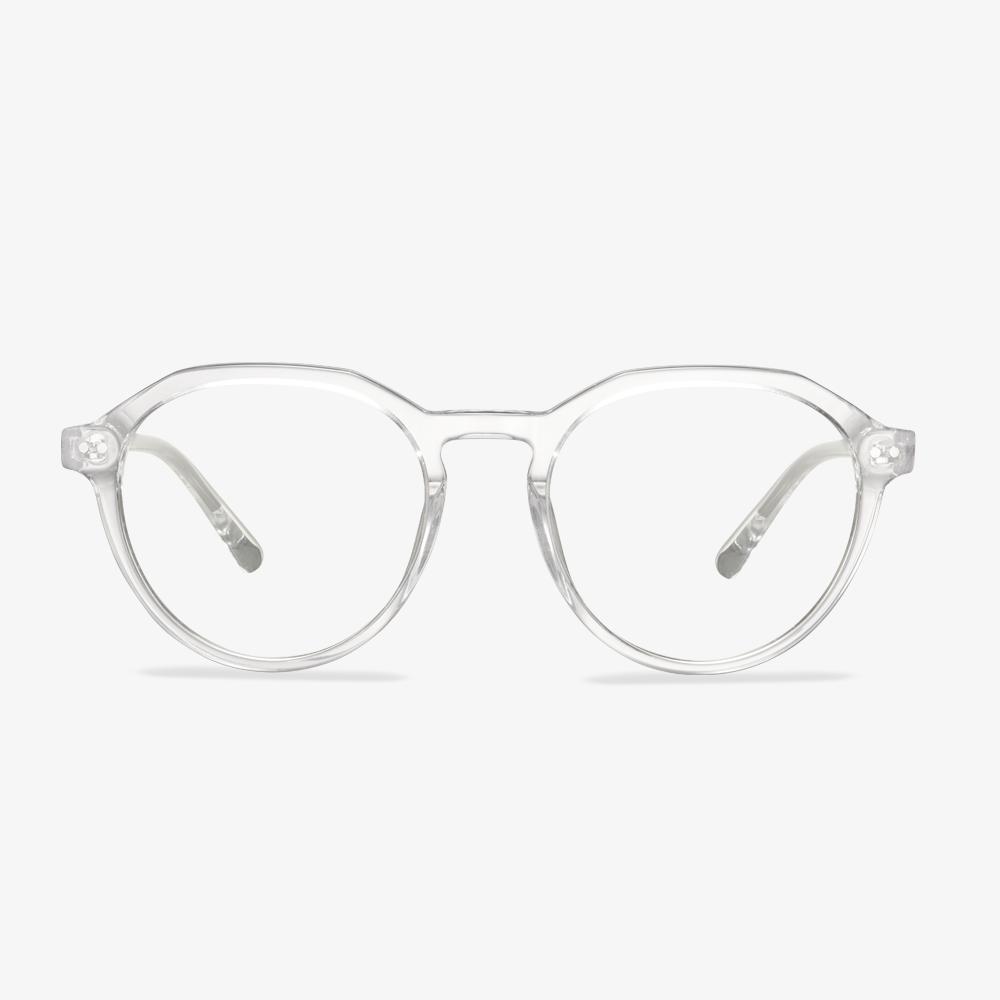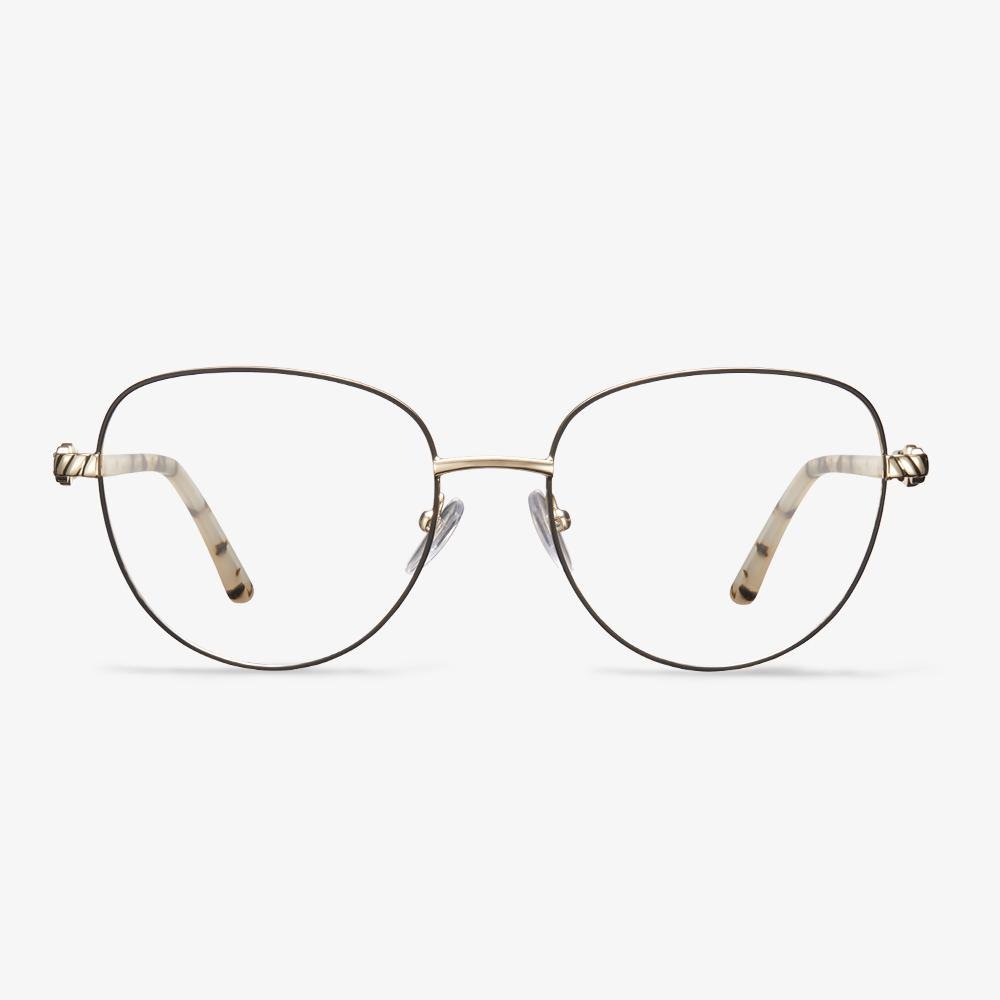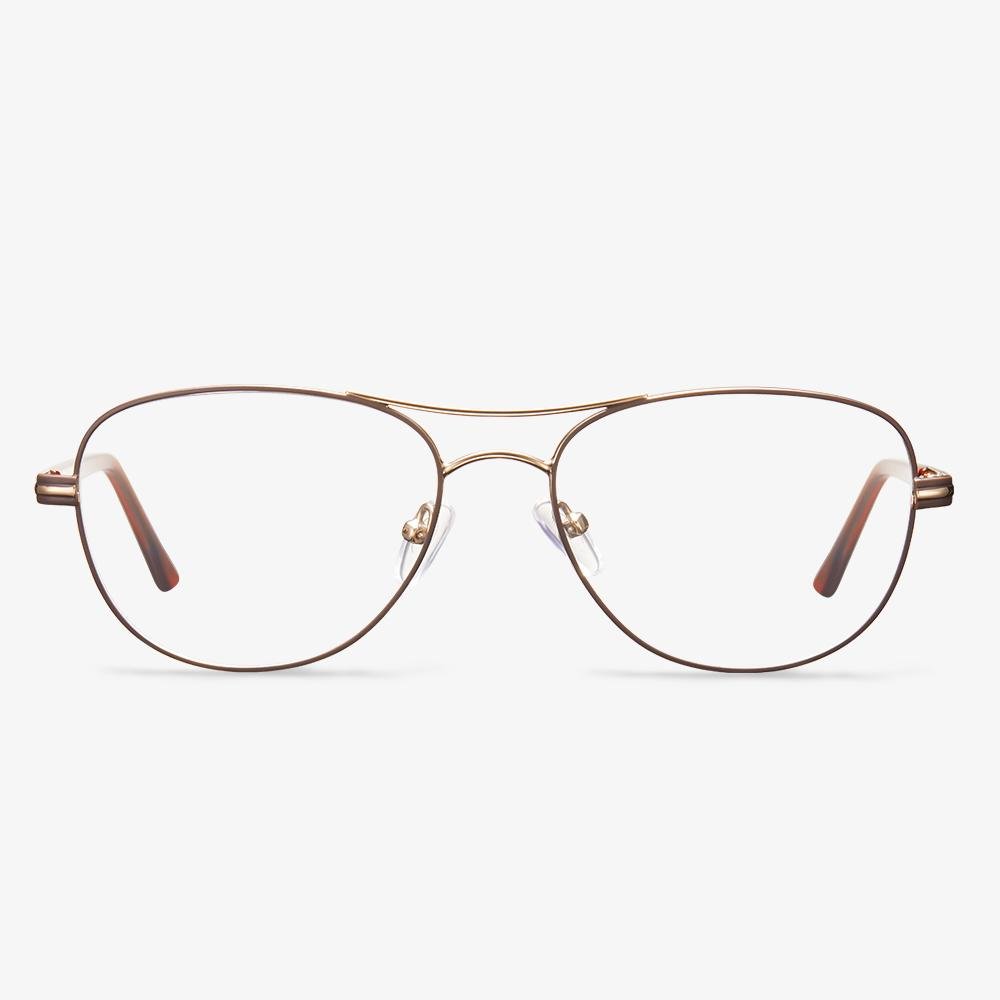Nowadays, wearing photochromic lenses has become a fashion, and more and more people are choosing Photochromic lenses. They can go for their indoor and outdoor eye needs with one pair of glasses. There is a question, can I use photochromic lenses glasses as eyeglasses when I work on the computer?
Photochromic lenses, which are transparent when worn indoors but darken when exposed to sunlight, also help reduce digital eye strain often caused from staring at a computer all day.
You also may rest easier with photochromic lenses, as they block blue light from your digital screens. Blue light can interfere with melatonin, which regulates the body's sleep cycle and circadian rhythm.
What are photochromic lenses made of?
Photochromic lenses are made of molecules composed of trace amounts of silver chloride (the same chemical compounds used to develop film). When this silver chloride is exposed to ultraviolet light, the molecules become silver metal, allowing the lenses to absorb visible light and turn darker in the process.
Unlike film exposure, photochromic lenses are also made with copper chloride, which strips the silver of its chloride electron. This allows the lenses to return to their original, non-absorbing state in the absence of ultraviolet light.
More modern photochromic lenses often contain organic molecules called naphthopyrans instead of silver chloride. Naphthopyrans change their molecular structure when ultraviolet light strikes them, making the lenses darken.
The difference between photochromic and Transitions lenses
The difference between photochromic lenses and Transitions lenses is that Transitions is a brand of photochromic lenses — one of several brands.
Photochromic lenses are also often referred to as transition lenses (lowercase t), hence the understandable confusion.
Let's take a closer look at the differences:
Photochromic lenses
Traditional photochromic lenses are made of plastic, glass or polycarbonate and change from transparent lenses to darker lenses when exposed to sunlight.
There are several terms used to describe photochromic lenses, including light-adaptive, light intelligent, variable tint and transition lenses.
Photochromic lenses are available in virtually all lens materials and in a variety of tints made for general-purpose lenses as well as contact lenses. Some sunglasses manufacturers even make tinted lenses that go from dark to darker shades rather than from clear to dark.
For this question, photochromic lenses are an excellent solution to guard against computer vision syndrome.






































